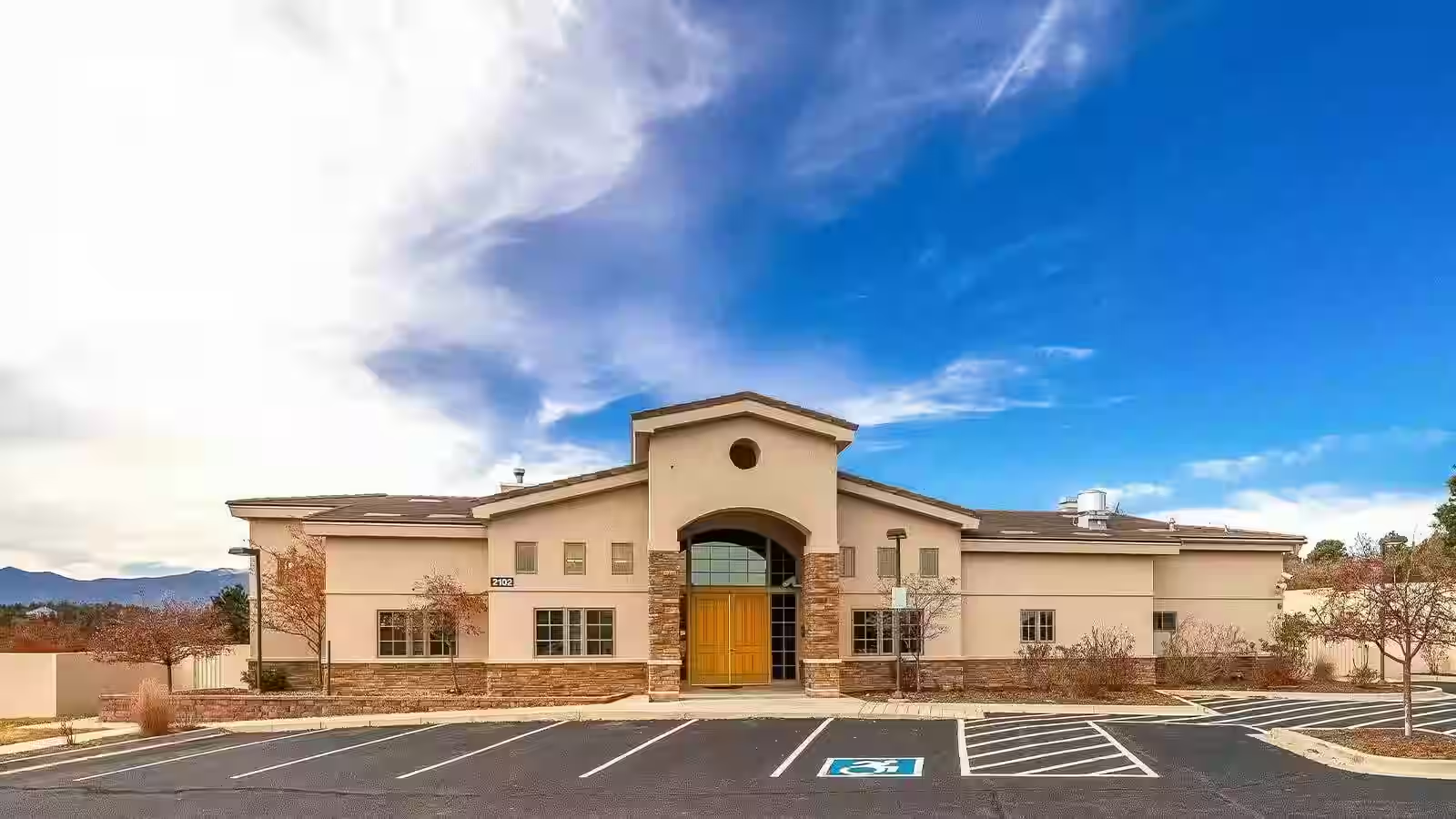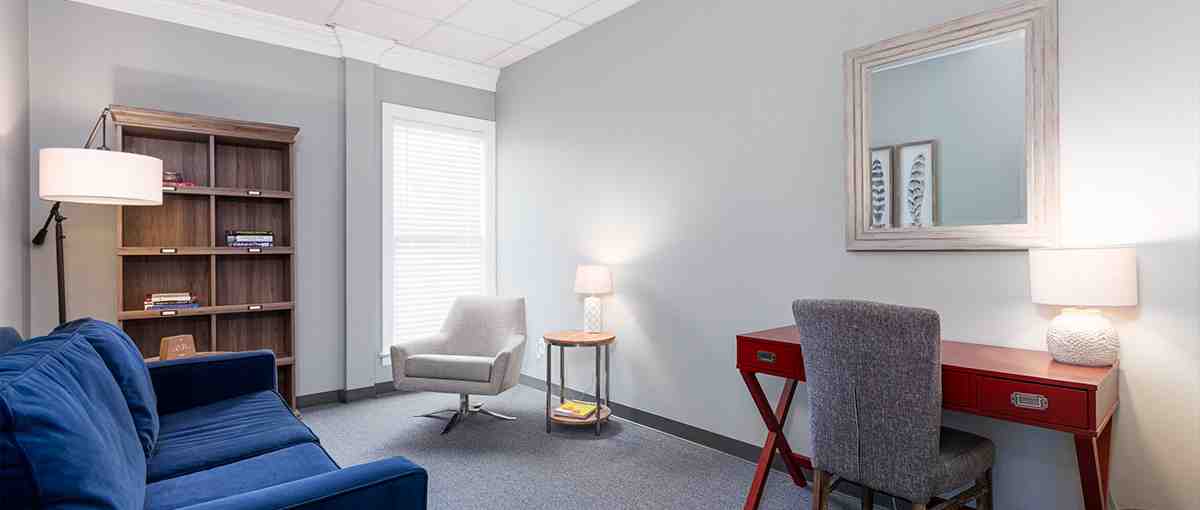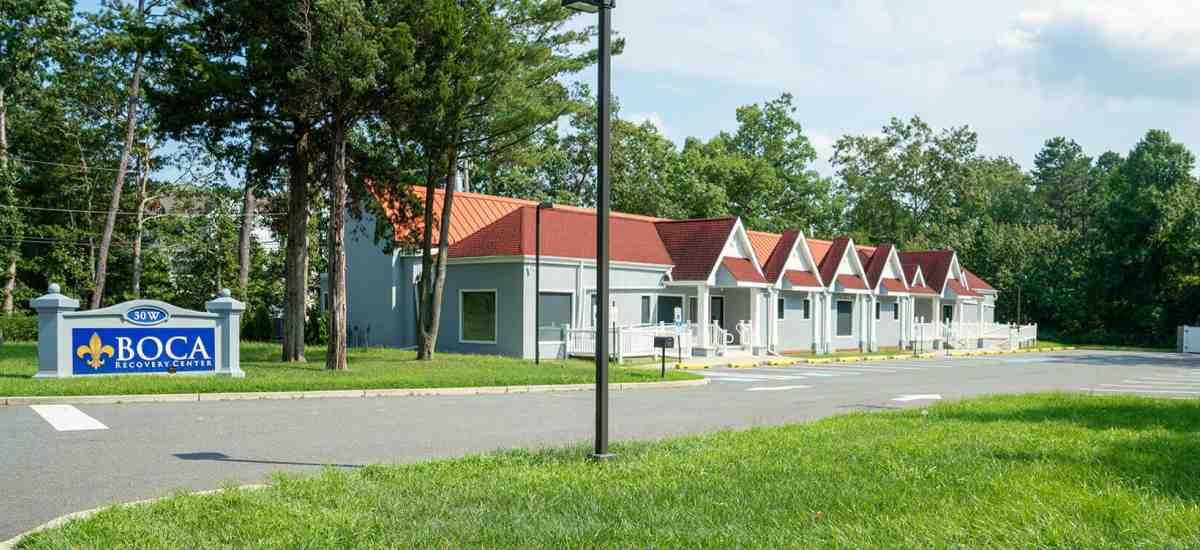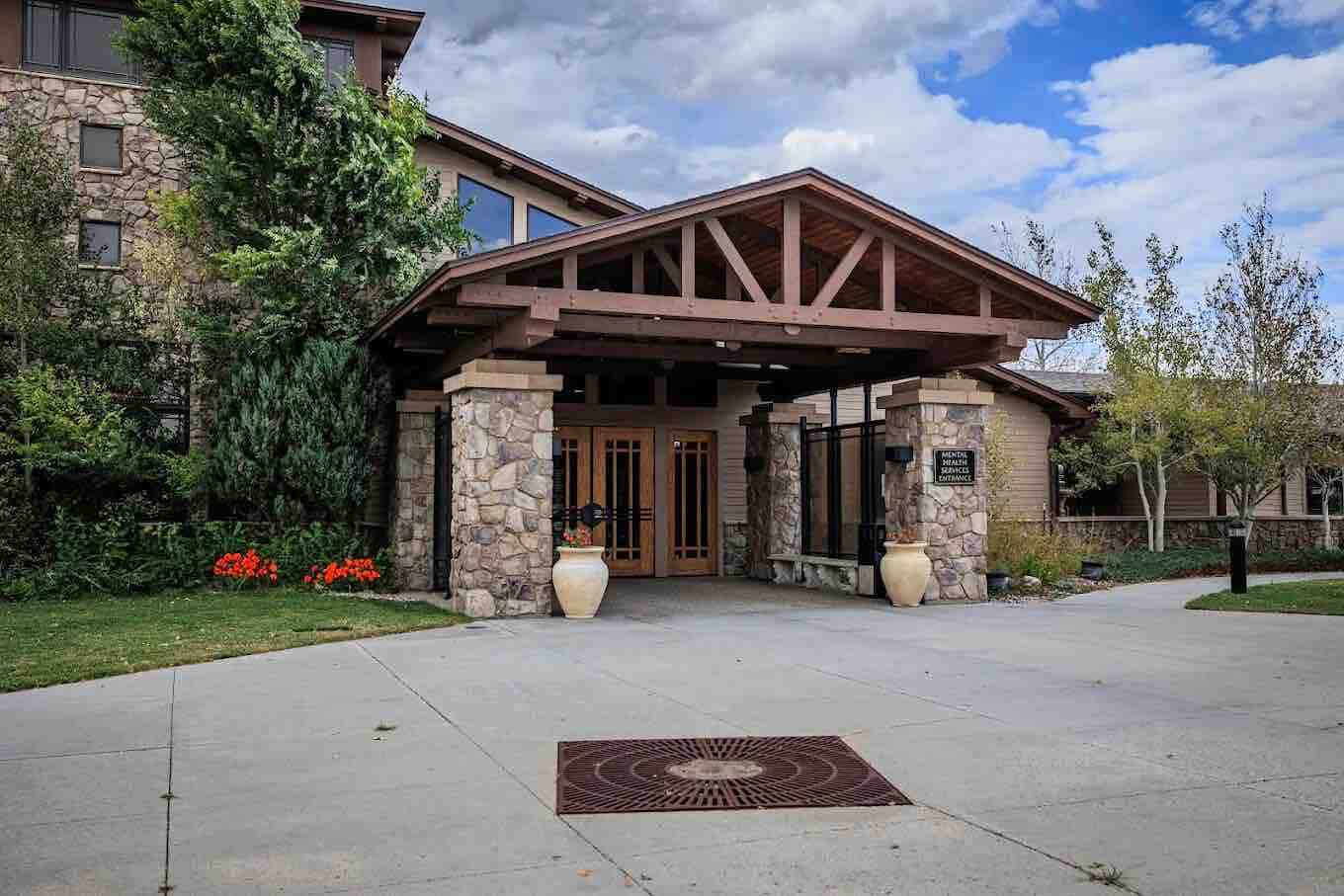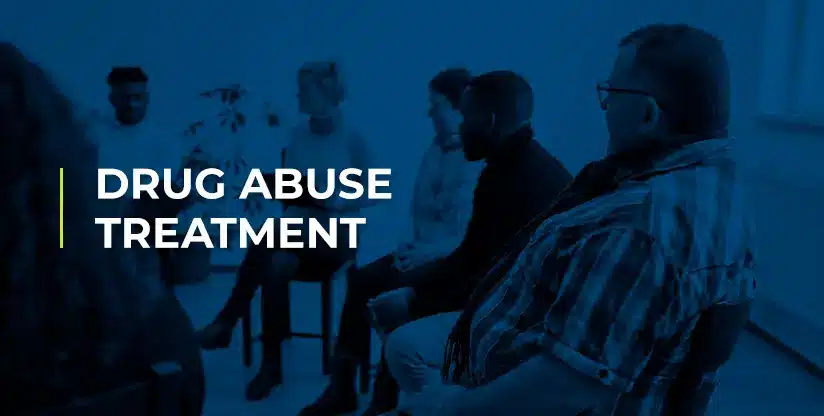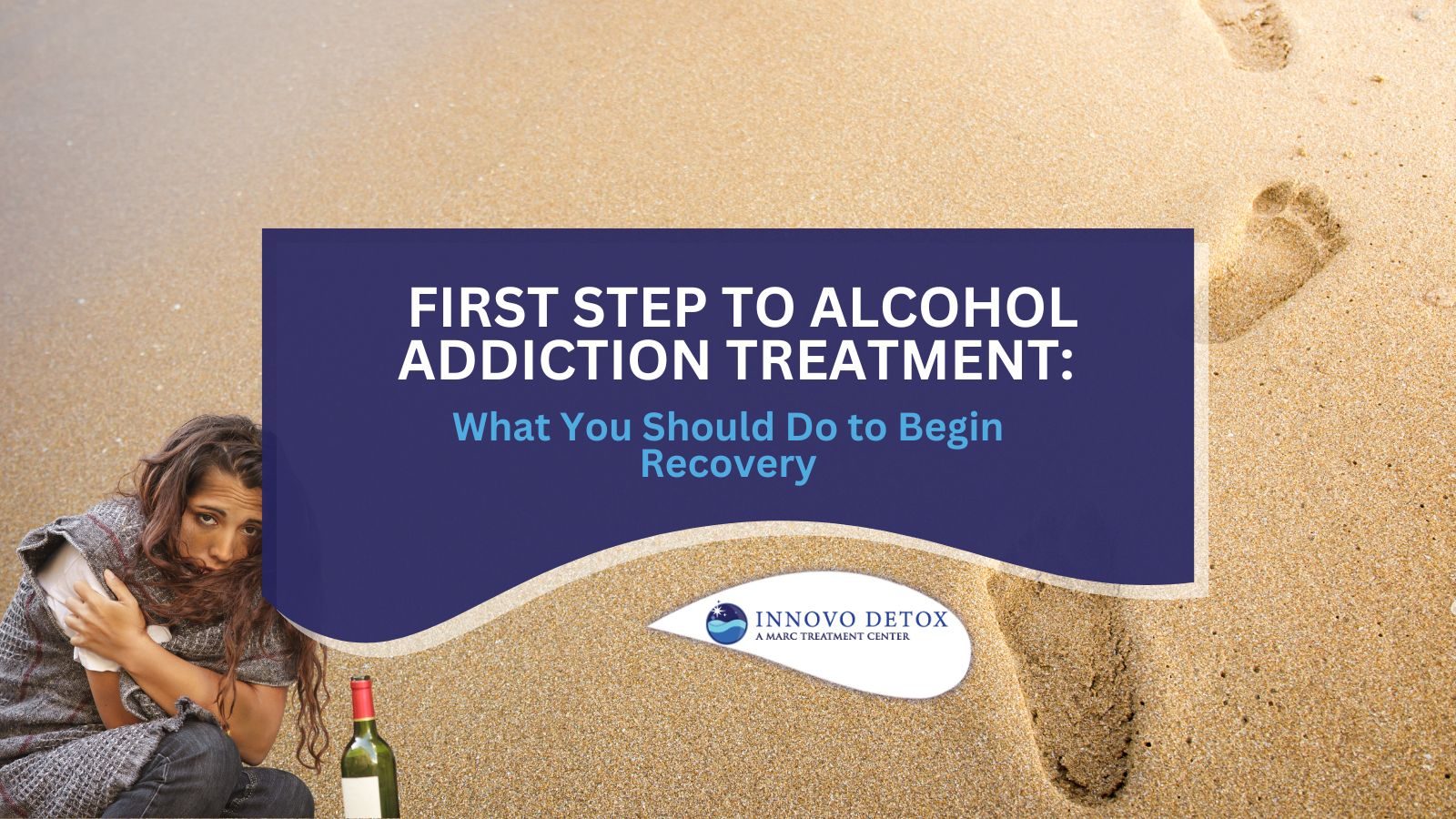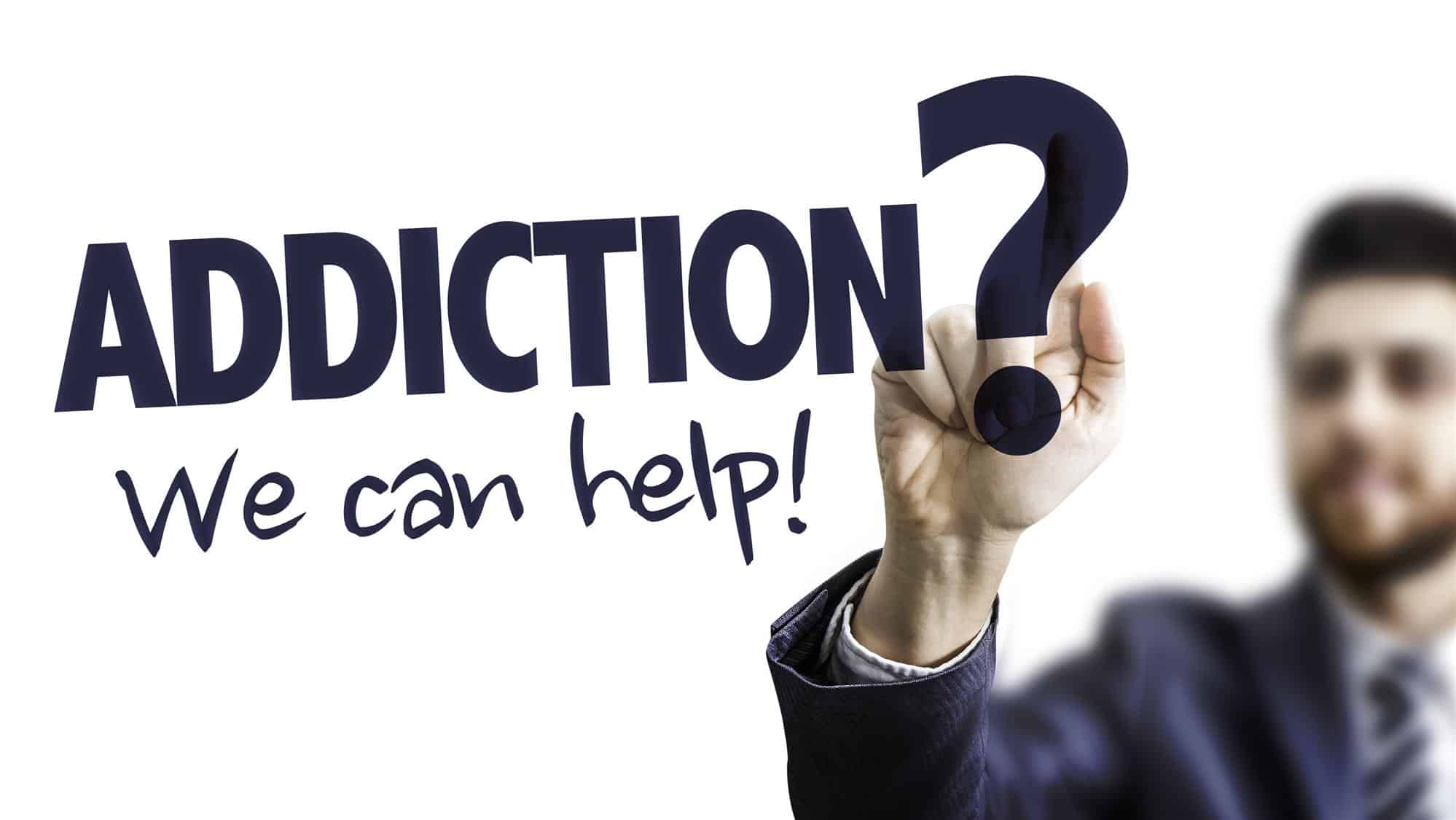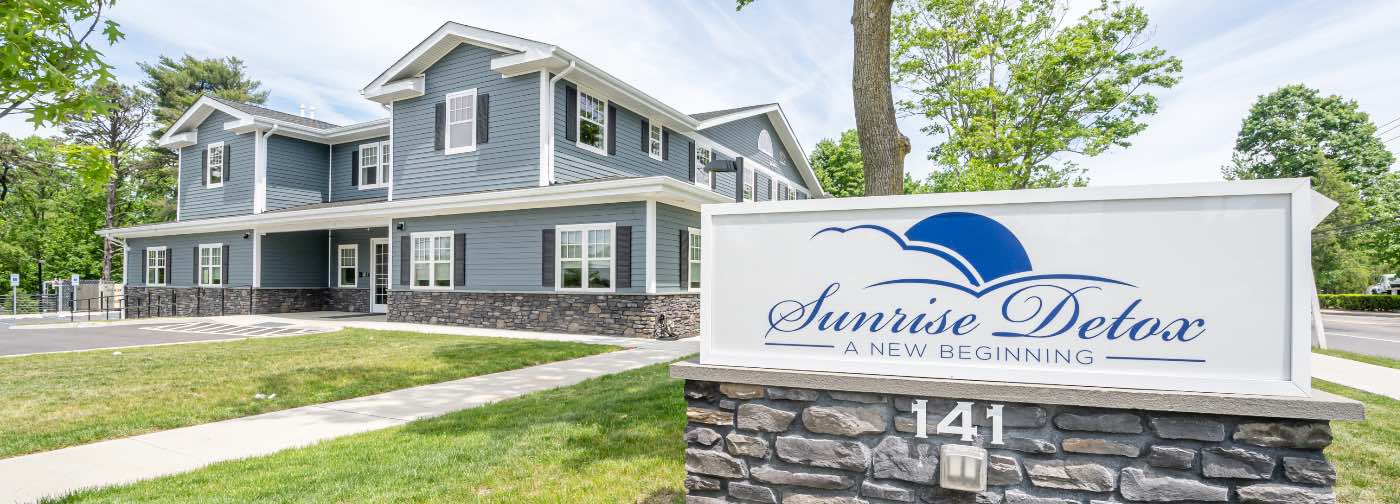
Understanding the Path to Lasting Recovery
90 day rehab programs are comprehensive addiction treatment programs lasting about three months. They provide the time, structure, and therapy needed to overcome substance use disorders and build a foundation for lasting recovery.
Quick Overview of 90-Day Rehab Programs:
- Duration: Typically 12-13 weeks of intensive treatment
- Success Rates: Research shows programs of 90 days or longer have significantly higher success rates.
- Components: Medical detox, individual and group therapy, family counseling, life skills training, and aftercare planning.
- Best For: Individuals with severe addiction, relapse history, co-occurring disorders, or unstable home environments.
- Cost Range: $12,000 to $60,000+, depending on the facility.
- Insurance: Often covered by private insurance, Medicaid, or Medicare.
The need for effective addiction treatment is urgent. The 2023 National Survey on Drug Use and Health found that 48.5 million people aged 12 or older had a substance use disorder, but a significant treatment gap remains.
The duration of treatment matters. While 30-day programs are a start, the National Institute on Drug Abuse (NIDA) recommends at least 90 days of treatment for better long-term outcomes. Addiction recovery involves more than just stopping substance use; it requires healing trauma, rewiring thought patterns, and developing coping skills, all of which takes time.
Research shows that individuals in treatment for 90 days or longer have the highest success rates, with some studies indicating significantly higher abstinence rates compared to those who leave early. These programs provide the necessary time for brain chemistry to stabilize, for new coping skills to be practiced in a safe environment, and for co-occurring mental health conditions to be addressed. They offer the structure needed to break destructive patterns and build a new life.
Addiction Helpline America guides individuals and families in finding quality 90 day rehab programs that fit their unique needs. Our 24/7 helpline provides confidential support to help you take the first step toward recovery.

Relevant articles related to 90 day rehab programs:
Why Choose a 90-Day Rehab Program?
While 30-day programs focus on stabilization and 60-day programs allow for more therapy, a 90 day rehab program is where transformative change often occurs. Addiction doesn’t develop overnight, and neither does healing. The extended time allows you to address the root causes of addiction, such as trauma or untreated mental health issues.
Science supports the 90-day model. The brain’s ability to rewire itself, known as neuroplasticity, takes time. Research indicates it takes approximately 66 to 90 days to form new, healthy habits and for brain chemistry to stabilize after substance use. This period is crucial for rebuilding how your brain responds to stress and triggers.
Committing to three months can seem daunting due to time away from work or family and the cost. However, investing in comprehensive treatment now can prevent years of relapse and the associated personal and financial costs. It’s an investment in reclaiming your life.
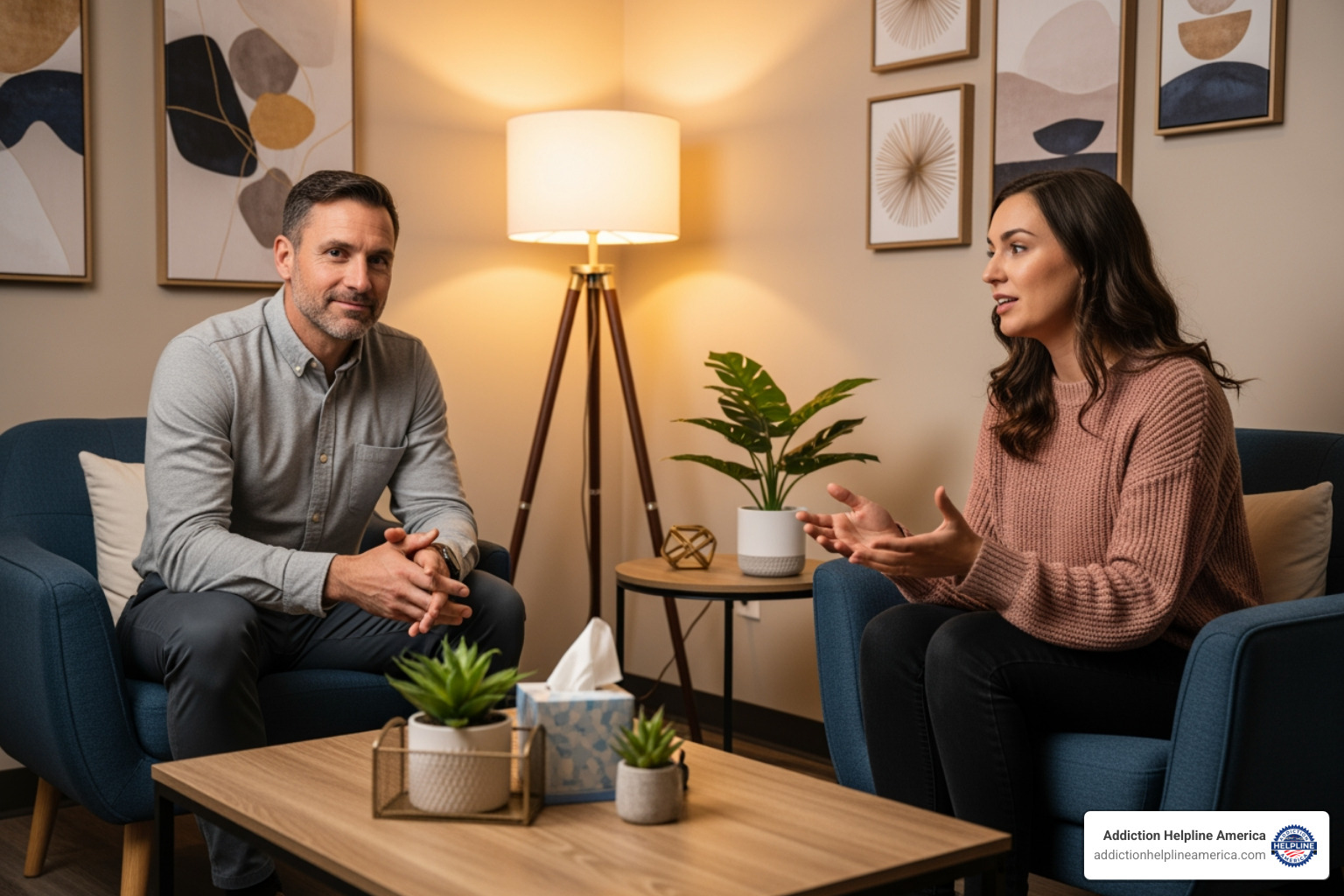
The Science-Backed Benefits of Extended Treatment
The National Institute on Drug Abuse (NIDA) confirms that programs lasting 90 days or longer produce the best results.
- Higher success rates: Individuals completing 90 day rehab programs have significantly better long-term outcomes and sobriety rates than those in shorter programs.
- Lower relapse rates: Extended treatment provides more time to practice new coping skills in a supportive environment, building confidence to handle triggers after treatment.
- Comprehensive skill development: Ninety days allows for the mastery of essential life skills, including stress management, emotional regulation, and healthy communication.
- Stronger sober identity: Three months gives you time to refind your values, interests, and strengths outside of addiction, building a new identity you can be proud of.
This holistic approach creates a solid foundation for recovery by addressing physical, psychological, and social healing.
Ideal Candidates for 90-Day Rehab Programs
Certain situations particularly benefit from the extended support of a 90 day rehab program:
- Severe substance use disorder: Long-term or life-disrupting addiction requires intensive, structured care to break deep-rooted patterns. Understanding What Is Drug Addiction can clarify if this applies to you.
- Chronic relapse history: If shorter programs haven’t worked, it may indicate that more time is needed to heal and develop robust sobriety strategies.
- Co-occurring disorders: Over half of people with addiction also have mental health conditions like depression or anxiety. A 90-day program allows time for integrated dual diagnosis treatment. Learn more about Addiction and Mental Health.
- Unstable home environment: A residential program removes you from triggering or unsupportive living situations, providing a safe space to build internal strength.
- A need for more time to heal: Sometimes, you intuitively know that you need more time to address trauma or learn new ways to cope with emotions. Trusting that instinct is a crucial part of recovery.
What to Expect: Therapies and Daily Life in Treatment
Stepping into a 90 day rehab program begins with a comprehensive assessment. Clinicians evaluate your physical and mental health, substance use history, and personal goals to create a customized treatment plan. For many, the first step is medically supervised Detox, which safely manages withdrawal symptoms under professional care. You can learn more about the Stages of Detox in our guide.
After detox, you enter a structured, supportive environment where the work of recovery begins. This involves addressing the underlying issues that fuel addiction.

Core Therapeutic Approaches
Quality 90 day rehab programs use a combination of evidence-based therapies to address addiction from all angles.
- Individual Therapy: One-on-one sessions to explore personal issues, trauma, and triggers in a confidential setting.
- Group Counseling: A powerful tool for reducing isolation and building a peer support network with others who understand your experience.
- Family Therapy: Sessions designed to repair relationships, improve communication, and educate loved ones on supporting recovery.
- Cognitive Behavioral Therapy (CBT): Teaches you to identify and change negative thought patterns and behaviors related to substance use.
- Dialectical Behavior Therapy (DBT): Provides skills for managing intense emotions, tolerating distress, and improving interpersonal effectiveness.
- Trauma-Informed Care: An approach that recognizes and addresses the role of past trauma in addiction. Specialized PTSD Treatment may be integrated.
Programs also incorporate holistic approaches like yoga and meditation, experiential therapies like art or music therapy, life skills training, and relapse prevention education.
A Typical Day in a 90-Day Program
Structure is a key component of early recovery. A predictable daily routine helps establish healthy patterns. While schedules vary, a typical day in a 90 day rehab program often includes:
- Morning: Wake-up, nutritious breakfast, and a centering activity like meditation or yoga.
- Mid-day: A mix of individual and group therapy sessions, followed by lunch.
- Afternoon: Educational workshops on topics like addiction science or stress management, life skills training, and physical activities like gym time or nature walks.
- Evening: Dinner, followed by support group meetings (such as 12-step programs), and free time for reflection or journaling before a scheduled lights-out.
This structured rhythm removes the chaos of active addiction, allowing you to focus on healing and refinding yourself.
Navigating Costs, Insurance, and Choosing the Right Program
The cost of 90 day rehab programs can range from $12,000 to $60,000+, depending on factors like location and amenities. Luxury facilities cost more, as explored in our Luxury Drug Rehab Malibu Guide.
Fortunately, you have payment options. The Affordable Care Act (ACA) and mental health parity laws require most private insurance plans (PPO, HMO, etc.) to cover substance use disorder treatment. Navigating coverage can be confusing, but Addiction Helpline America can verify your benefits for you. Our Verify Rehab Insurance Complete Guide explains this process.
If you lack insurance, many facilities offer financing plans, scholarships, or sliding-scale fees. State-funded and non-profit options are also available, which you can find in our Free Drug Rehab Centers Complete Guide. Treatment is an investment in your life that far outweighs the long-term costs of addiction.

How to Select the Best 90-Day Rehab Program for You
Finding the right program is crucial. Look for these key indicators of quality:
- Accreditation: Ensure the facility is accredited by The Joint Commission (JCAHO) or CARF, which signifies high standards of care and safety.
- Licensed Staff: The team should include licensed physicians, nurses, therapists, and addiction counselors.
- Evidence-Based Treatment: The program should use research-backed therapies like CBT and DBT.
- Dual Diagnosis Capabilities: If you have a co-occurring mental health condition, the program must be equipped to treat both issues simultaneously. The National Institute of Mental Health provides more on this topic, as does our guide to Addiction and Mental Health.
- Customized Treatment Plans: Avoid one-size-fits-all approaches. A quality program will create a plan custom to your specific needs.
- Aftercare Planning: The program should help you plan for ongoing support after you leave, which is critical for long-term success.
Specific Conditions Treated Effectively
90 day rehab programs are particularly effective for complex or severe addictions, including:
- Alcoholism: Provides the necessary time to heal physically and psychologically from alcohol dependence.
- Opioid Addiction: Allows for medication-assisted treatment (MAT) and intensive therapy. Learn more about Opioid Addiction Treatment.
- Stimulant Addiction: Helps manage intense cravings and psychological challenges associated with cocaine or meth use.
- Prescription Drug Abuse: Allows for safe, medically supervised tapering off substances like benzodiazepines.
- Co-occurring Disorders: Offers the integrated care needed to treat addiction alongside conditions like PTSD or depression, such as in cases of Bipolar and Addiction.
Life After Rehab: Ensuring Long-Term Recovery
Completing a 90 day rehab program is the start of a lifelong recovery process. The transition back to daily life can be challenging, as you’ll face real-world triggers and stressors. This is why a solid aftercare plan and a strong support system are essential for applying the skills you’ve learned and maintaining long-term sobriety.
The Critical Role of Aftercare
Structured aftercare significantly improves long-term outcomes by providing support during the vulnerable transition period. Key options include:
- Sober Living Homes: A transitional environment with peer support and house rules that protect recovery.
- Partial Hospitalization Programs (PHPs): Offer intensive, daily treatment while you live at home or in sober living. Learn more about Partial Hospitalization Programs.
- Intensive Outpatient Programs (IOPs): A flexible option with several therapy sessions per week, allowing you to work or attend school.
- Alumni Groups and Continued Counseling: Maintain connections to your treatment center and professional support.
- Support Groups: Peer-led groups like AA and NA provide free, accessible community and accountability. Families can find similar support through Al-Anon.
Building a Relapse Prevention Strategy
Relapse is not a failure, but a strong prevention strategy is your best defense. Continue the work you started in your 90 day rehab program by focusing on these areas:
- Identify Personal Triggers: Learn to recognize the specific situations, feelings, or people that create cravings.
- Develop Healthy Coping Mechanisms: Build a toolkit of alternatives to substance use, such as exercise, calling a sponsor, or practicing mindfulness.
- Master Stress Management: Since stress is a common trigger, use techniques like meditation, proper sleep, and healthy boundaries to manage it effectively.
- Build a Sober Social Network: Surround yourself with people who respect and support your recovery.
- Create an Emergency Plan: Know who to call and what to do if you find yourself in a high-risk situation. Our Help A Drug Addict Support Recovery Guide offers more tips.
Recovery is about progress, not perfection. With the foundation from your 90-day program and a strong aftercare plan, you have the tools to build a lasting, sober life.
Frequently Asked Questions about 90-Day Rehab Programs
Is 90 days in rehab really necessary for recovery?
While every journey is unique, research overwhelmingly supports extended treatment. The National Institute on Drug Abuse (NIDA) recommends at least 90 days because it takes time for the brain to heal, for new habits to form, and to address the complex root causes of addiction, such as trauma or mental health conditions. Substance abuse alters brain chemistry, and 90 days provides the time needed for biological repair and for new coping skills to become second nature. Studies show that individuals who complete 90 day rehab programs have significantly higher long-term sobriety rates.
Can I use my phone or have visitors during treatment?
Policies vary, but most programs allow structured contact with loved ones. The primary focus is on your recovery, so many facilities have an initial “blackout period” free from outside distractions. Afterward, access to phones and visitors is typically phased in as you progress in treatment. Family therapy visits are often an integral part of the program, providing a structured setting for healing relationships. It’s best to ask about specific communication policies when considering a program.
What is the difference between inpatient and outpatient 90-day programs?
Choosing between inpatient and outpatient care depends on your specific needs.
-
Inpatient (residential) care involves living at the facility 24/7. This immersive environment provides constant supervision, a structured routine, and complete removal from triggers. It is ideal for those with severe addiction, a history of relapse, co-occurring disorders, or an unsupportive home environment. Our Inpatient Rehab Tulsa Complete Guide offers more detail on this model.
-
Outpatient programs offer more flexibility, allowing you to live at home while attending treatment sessions several times a week. This option works best for individuals with less severe addiction, a stable home life, and strong motivation. It allows you to maintain work, school, or family responsibilities during treatment.
Some programs offer a hybrid or step-down approach, beginning with inpatient care and transitioning to an outpatient model.
Find Hope and Healing Today
Choosing to enter a 90 day rehab program is a courageous act of self-investment. As this guide has shown, these programs offer the time and comprehensive support needed for deep, lasting change—not just temporary sobriety. It’s about building the skills and confidence for a lifetime of recovery.
We understand that navigating the process can be overwhelming, with questions about cost, insurance, and time away from family. That’s why Addiction Helpline America is here. We provide free, confidential, and personalized guidance to help you find the right treatment program without judgment or pressure.
Our nationwide network allows us to connect you with quality 90 day rehab programs that match your specific needs, location, and financial situation. We can help you explore your Treatment Options and find a facility that accepts your insurance or offers other payment solutions.
It’s never too late to start your recovery journey. You deserve a life free from the weight of addiction, filled with purpose, clarity, and healthy relationships. A 90 day rehab program can be the bridge to that future.
We’re available 24/7 to answer your questions and help you take the first step. One phone call can change everything. Reach out to Addiction Helpline America today for compassionate, expert support. Your new life is waiting.
Our helpline is 100%
free & confidential
If you or someone you care about is struggling with drug or alcohol addiction, we can help you explore your recovery options. Don’t face this challenge alone—seek support from us.
Programs
Resources
Will my insurance
cover addiction
treatment?
We're ready to help
Find the best
drug or alcohol treatment
center
Are you or a loved one struggling with addiction? Call today to speak to a treatment expert.


